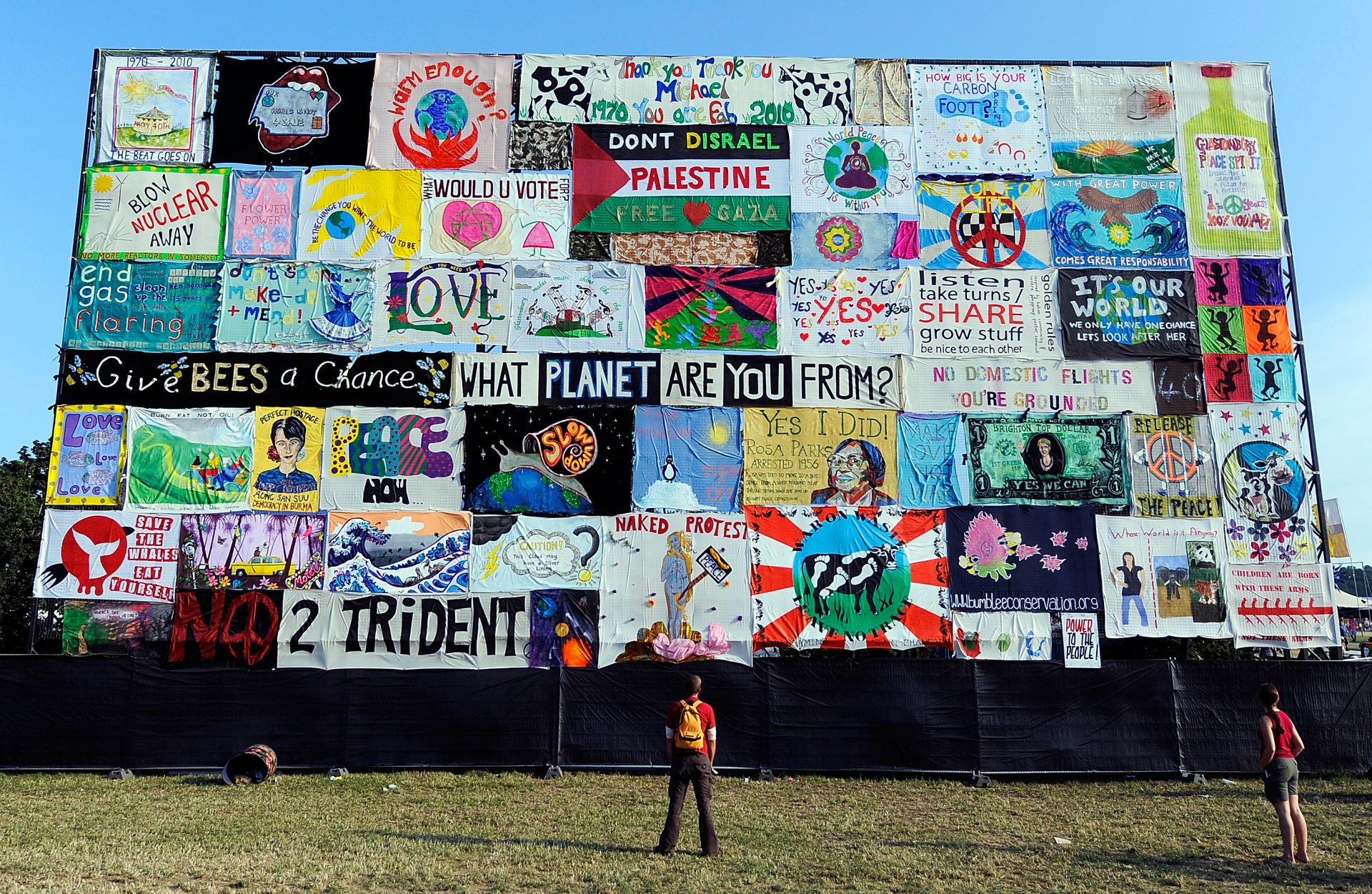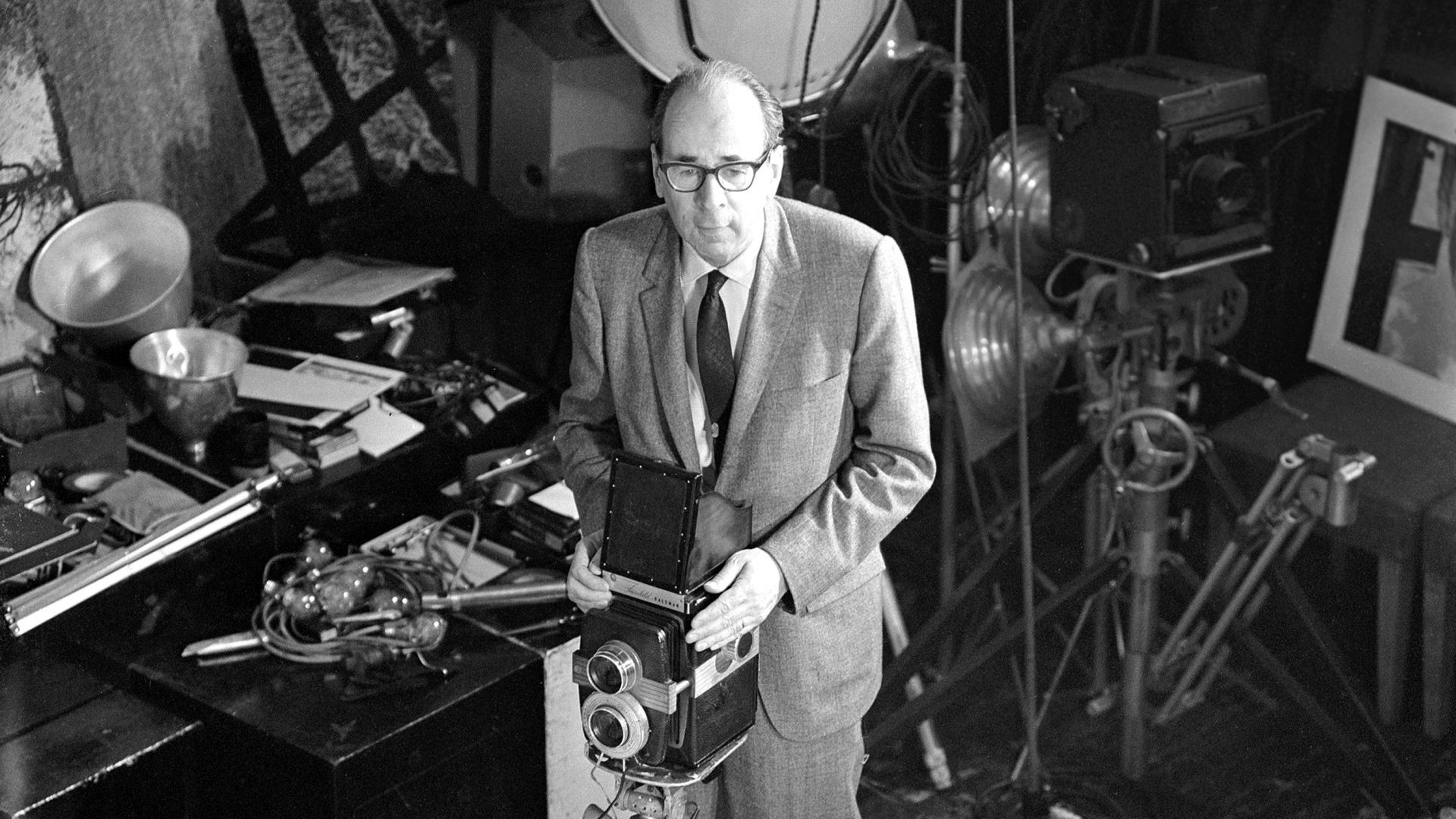On the eve of the Glastonbury festival, that Kumbh Mela of the British bourgeoisie, during which devotees of the state cult of sex, drugs, rock ’n roll and takeaway food descend on the fields of the aptly named Worthy Farm (it’s worth a sight more than any other British one), Lenny Henry has spoken out. “It’s interesting to watch Glastonbury and look at the audience and not see any black people there,” he said in an interview to promote his new television series on Caribbean Britain. “I’m always surprised by the lack of black and brown faces at festivals. I think, ‘Wow, that’s still very much a dominant culture thing.’” To which the only possible response is: What! Do you seriously wish this grotesque charivari on Britons of black and South
Asian heritage? Surely their absence indicates a laudable resistance to this: the summer season when white liberal Britons, having been hypocrites inside for months, take their bad faith al fresco and on tour.
I’ve had the misfortune to visit the Glastonbury festival; however, I can’t claim to have really attended, since after a couple of hours of mounting nausea, I cut and ran. As one arch combatant at an equally horrific mass gathering, the Battle of Ypres, memorably put it: “The noise, my dear… and the people!” I’m old enough to remember the rock festivals and hippy gatherings of the early 1970s, with their crap face-painting, hideous drawstring trousers, and sloganizing in dropsical, dayglo lettering. No wonder if you dropped acid under such circumstances you more often than not had a bad trip.
Almost a half-century later, observing the smearing of this crap – and crapulent – culture over the rolling, buttock-like hills of Somerset, I marvelled at how it had not only survived more or less unchanged – the
same execrable body art, now augmented by the jejune tendency of young whites to scrawl on their skins with hypodermics full of ink – but had syncretised with the hyper-consumerism inaugurated by the Thatcher era, to produce both an extraordinarily wide range of hideous drawstring trousers, and a concomitant expansion in vapid pseudo-political posturing.
Wandering the septic braes, pimpled with single-use nylon dome tents, and reading duff placards urging me to do all the virtuous things they weren’t, I looked in horror upon the devotees themselves: was this, I wondered, one
of those acid flashbacks they warned us about in the 1970s – but hideously belated. Or, worse still, was I perhaps still in the same bad trip that began with a red microdot at Barsham Faire in 1975, but which had yet to end? And
could this be the explanation for why all these beautiful young people looked quite so ugly, fat… and old.
And it’s this barbecue of the vanities that Lenny Henry wants to render more “inclusive”; which is surely as oxymoronic an injunction as making the festival “sustainable”. (The year I visited, the environment, once again, was the top of the hand-wringing pops and there were all manner of recycling points; notwithstanding which, the aftermath still resembled an open landfill, complete with scavenging gulls.) If the festival were to “include” black and South Asian Britons, they would, by definition, have become as excluding as the dominant culture, which is defined quite as much by the colour of money as that of skin.
At £285 for a ticket, plus travel costs, food and booze ones, together with a generous budget for drugs – Glastonbury is an open bourse in this respect – you’re looking at north of 600 nicker for what is essentially a campsite equipped with frankly bizarre amenities, such as the opportunity to see a minuscule octogenarian mop-top cavort in the far distance. The persistent – and increasing – economic inequality in our society is the principal creator both of racism, and the hierarchies in which it inheres; Glastonbury, with its massively scaled performers’ fees (which it doesn’t publicise), and its donations to charity (which it does), represents the very apex of this – no wonder it’s called the Pyramid Stage.
I have no wish to disrespect Lenny Henry: over a long, complex and brilliant career, he has demonstrated the soft-shoe shuffle between compromise and confrontation seemingly required for a black Briton of his generation to win acceptance in the white world. He’s very funny, too – I remember running into him with his then-wife, Dawn French, at Matt Lucas’s fairy tale-themed wedding in 2006.
Henry joked that they had recently attended another fancy-dress party costumed as Michael Jackson and his pet chimpanzee, Bubbles. The other guests were apparently outraged, but despite my urging, he refused to vouchsafe which of them had impersonated the ape, and which the paedo Prince of “Pop”. This was the sort of edgy satire needed to puncture white liberal pretensions – but of course, there’s no place for it at Glasto whatsoever.



